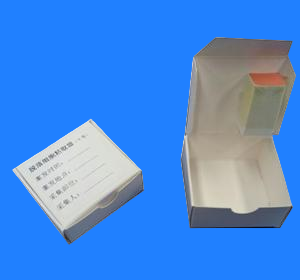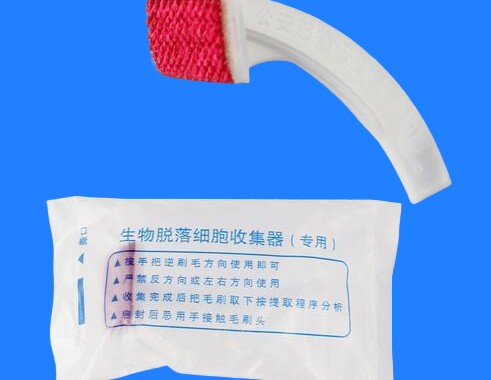Shed cell collectors are specialized tools used for collecting biological samples, primarily focusing on shedding cells from surfaces or tissues in forensic and medical applications. The collection and extraction techniques ensure the preservation of cellular material for accurate analysis.
Usage Methods:
-
Preparation: Before use, ensure the collector is sterile and ready for sample collection. Ensure all equipment, such as gloves and tools, is also sanitized.
-
Sample Collection: Place the collector onto the surface or tissue from which cells are to be collected. Gently rub or press the collector to capture the cells while avoiding contamination.
-
Sealing: After collection, seal the collector properly to prevent contamination or loss of material during transport to the lab.
-
Labeling: Properly label each sample with essential information, such as the case number, collection site, and time of collection.
Extraction Techniques:
-
Cell Lysis: Use chemical agents or mechanical methods to break open the cells and release the DNA or other biological material for analysis.
-
Centrifugation: After lysis, centrifuge the sample to separate the cellular material from the surrounding medium.
-
DNA Extraction: Apply standard DNA extraction kits or methods (e.g., silica-based, magnetic bead-based) to isolate DNA from the collected material.
-
Preservation: Ensure proper storage conditions, such as freezing or dry storage, to maintain the sample integrity until analysis.
Key Features:
-
Ease of Use: Shed cell collectors are designed for simplicity and efficiency in various environments, particularly forensic and medical fields.
-
Accurate Collection: They are highly effective at collecting a wide range of cell types without contamination.
-
Reliable Extraction: The use of standard extraction techniques ensures high-quality DNA and biological material for testing.
-
Versatility: Suitable for use in multiple environments, including crime scenes, medical clinics, and research labs.
Scope:
Shed cell collectors are used in forensic investigations, medical diagnostics, and genetic research, ensuring efficient and uncontaminated sample collection for reliable results.





.png)


